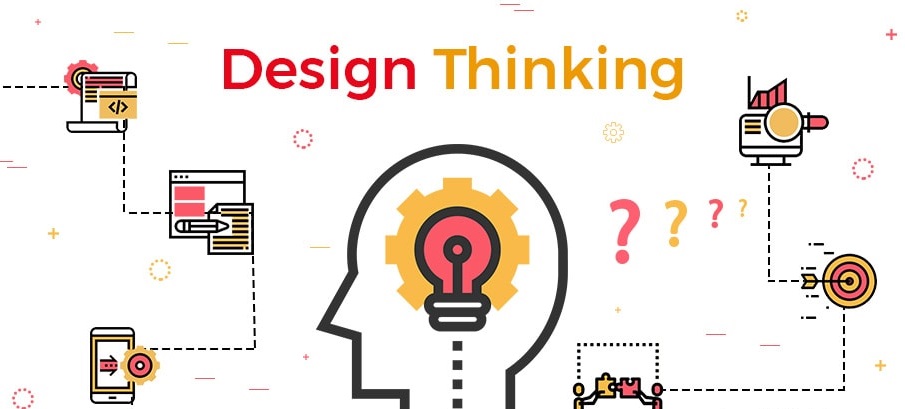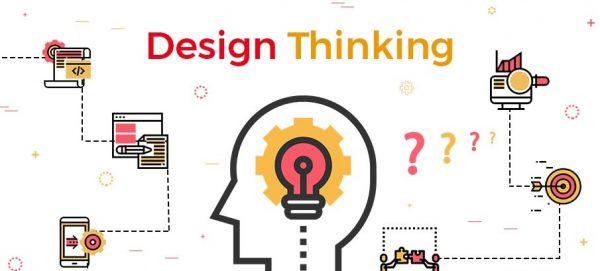What is design thinking?
Design thinking is a process of learning and understanding your target audience’s problems, and coming up with creative and innovative ways to solve them.
Isn’t this what you already do when you’re creating the next product to ship to the market?
Design thinking isn’t a totally novel way of approaching business problems, but it does include a number of unconventional elements. And it’s a great growth-spurring tool for the businesses that use it- which is why we’re talking about it here.
So what does design thinking involve? And how can it help you grow your company?
Design Thinking Unpacked
The novel bit to design thinking can be seen in how it’s done. It typically involves five stages: researching the potential product users’ needs, clearly defining what those needs are, brainstorming for out-of-the-box ways to view those problems, building a prototype solution, and testing out the solution at the markets.
Here’s a briefer way to state these stages: we empathize, define, prototype, ideate, and test.
We don’t just survey the public, collect results, and act on our interpretations of those results. Instead, we take the time to grasp what exactly the potential users are saying about their problem, come up with innovative ways to tackle it and roll out the first versions of the solution to the market for testing and further validation and useful feedback.
This process works, whether we’re fashioning products for specific customers or the mass market. We can sit down with our ideal customers, discuss their needs, examine their operating environments and realities, and see how these factors interact.
When we know who they really are and view their needs from multiple angles, we gain a comprehensive knowledge of the space in which our products will be used, and design solutions that actually take this into account.
Stages in the Design Thinking Process
Here’s a stepwise breakdown of what you’ll do in the design thinking process.
1. Empathize
First, we have to understand the members of our target audience and the problem we want to solve for them (if that problem actually does exist). This is about putting yourself in their shoes, and living as much of their experience with the said problem as you can.
The ‘shoe fitting’ can only take place if you’ve gotten to know your potential customers. If you’re selling sportswear, you might pick out athletes as your target market. What do they want from sportswear? Why do they want that particular thing from sportswear? What are the existing providers of this product not giving them?
2. Define
Lay out the information you’ve collected from people in your target market, and try to define them as clearly as you can.
This step is important because it’s not always clear what your data is saying at first sight. For example, some of your athletes may say that they’d like flashier sportswear. Others might tell you that they’re more interested in performance-enhancing gear. It will be up to you to define what problems you’re cut out to solve, and which ones among them should receive the most attention.
3. Ideate
Here, you’ll pore over the defined problem (or problems) and try to get at it from several angles. You’ll bring those problem statements alive by placing them in their economic and cultural contexts.
Ideation may require some brainstorming, and it certainly helps if you have a team to work with. The members of your team should provide you with multiple perspectives on the problem. This could strengthen the quality of the solution you eventually come up with.
4. Prototype
Your next step would be to think up solutions that fit with the contexts you have considered. You’ll also want those solutions to be unique.
If you’d like to know how the innovative process works, this article explains the basics of it.
At this stage, you’ll probably want to make a smaller, low-budget version of the final product specifically for the purpose of testing it. You can save the larger fraction of your resources for the market-ready version, which you’ll launch after the design thinking process is completed.
5. Test
Deploy the prototype you’ve made to a small section of your target market and see how it performs. A selection of preexisting customers or ideal beta-testing volunteers can use the prototype as consumers, and provide feedback on it.
You can examine the feedback and see how they could help improve the prototype on its way to becoming a finished product.
Featured image source: Hidden Brains


